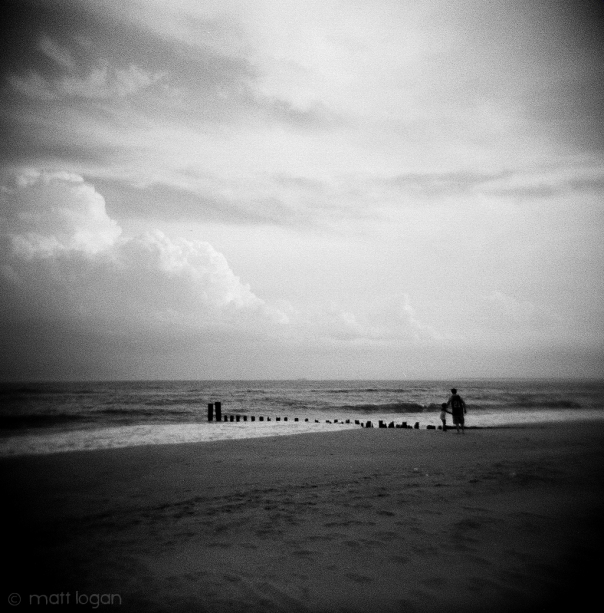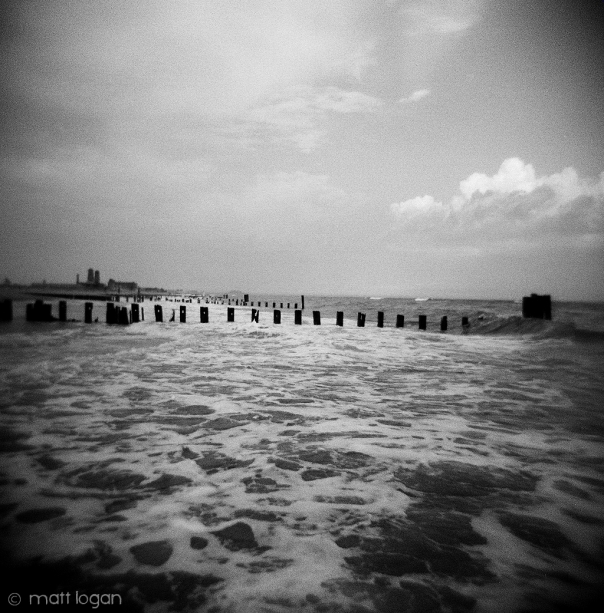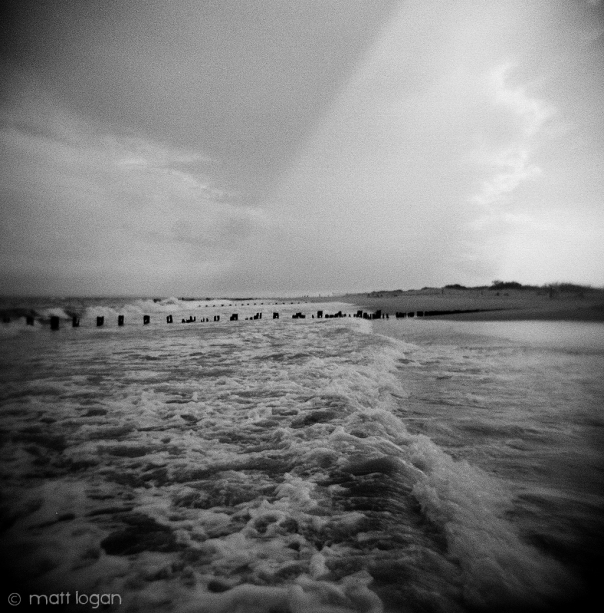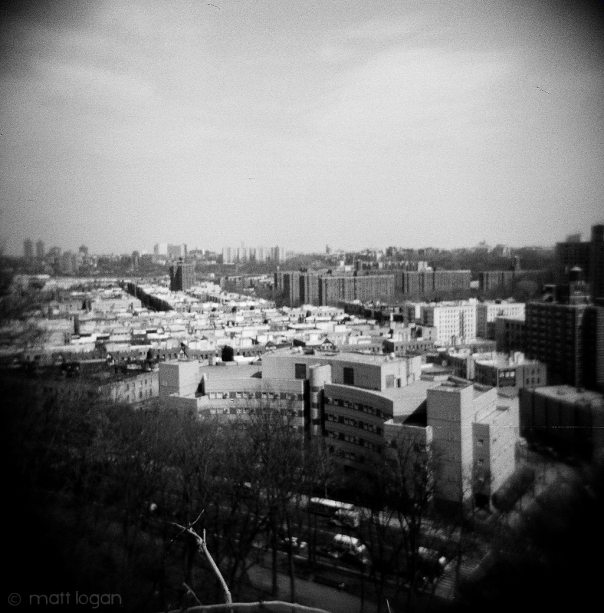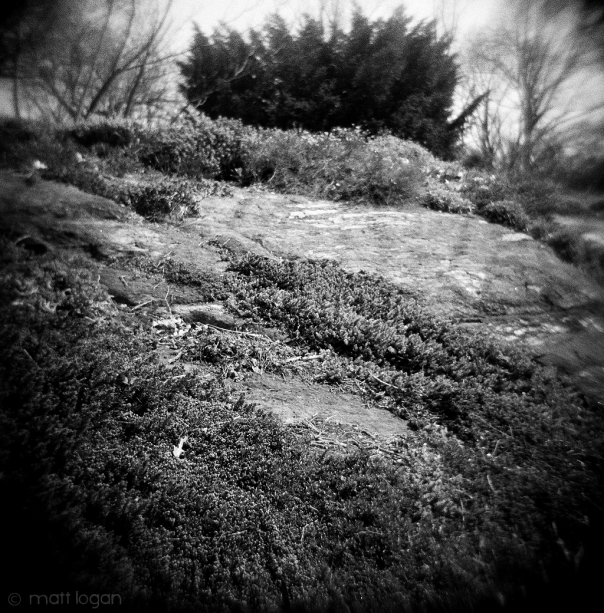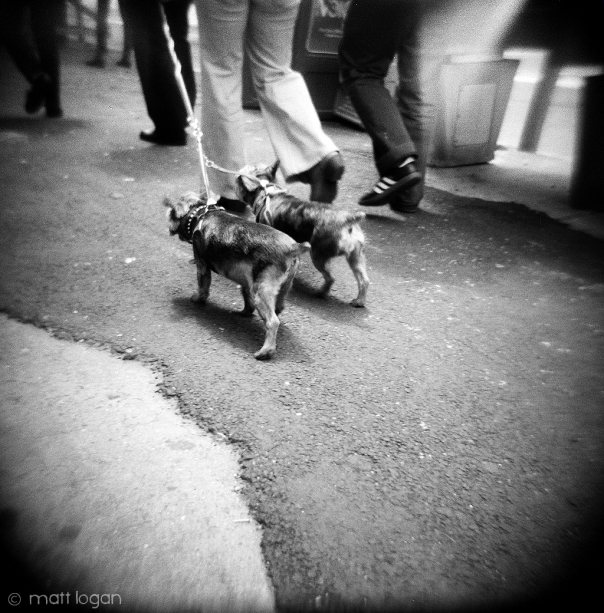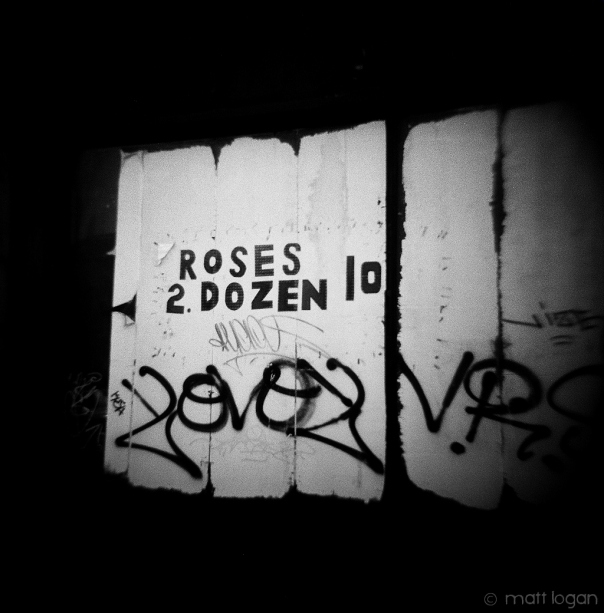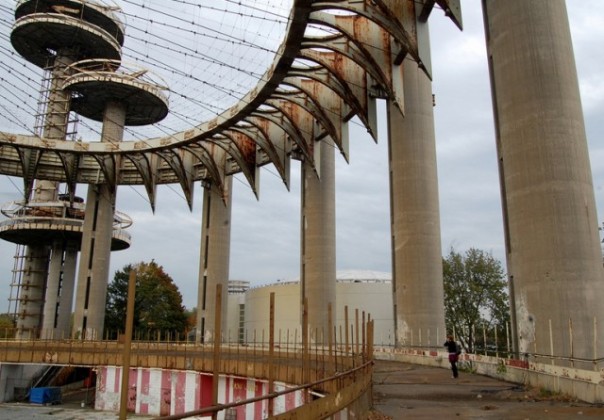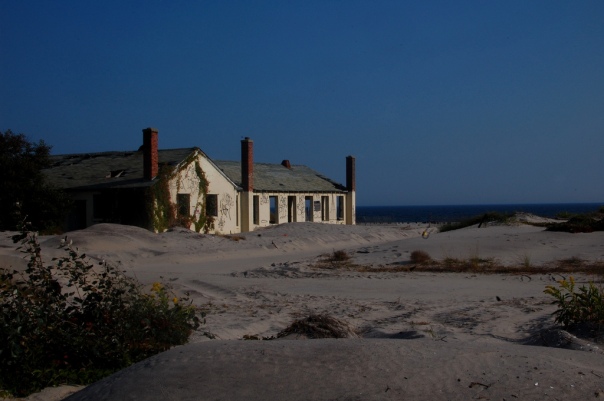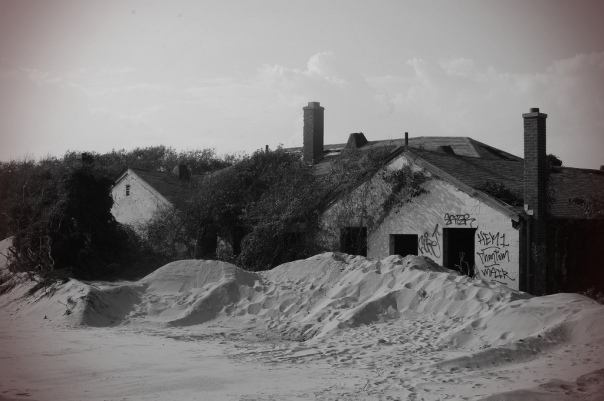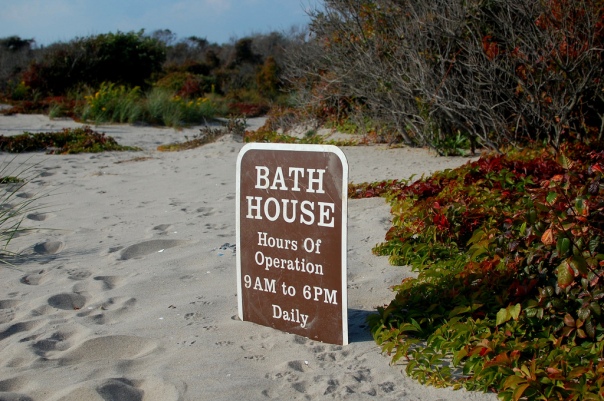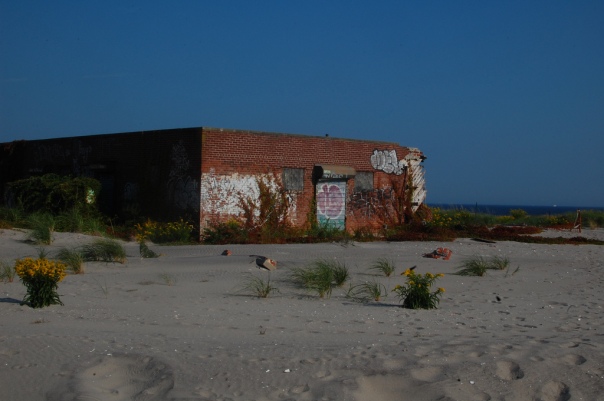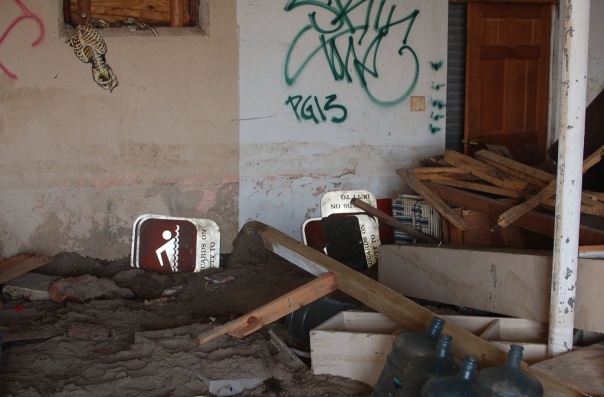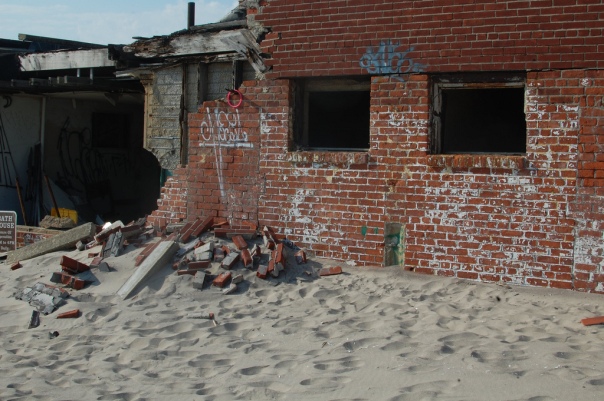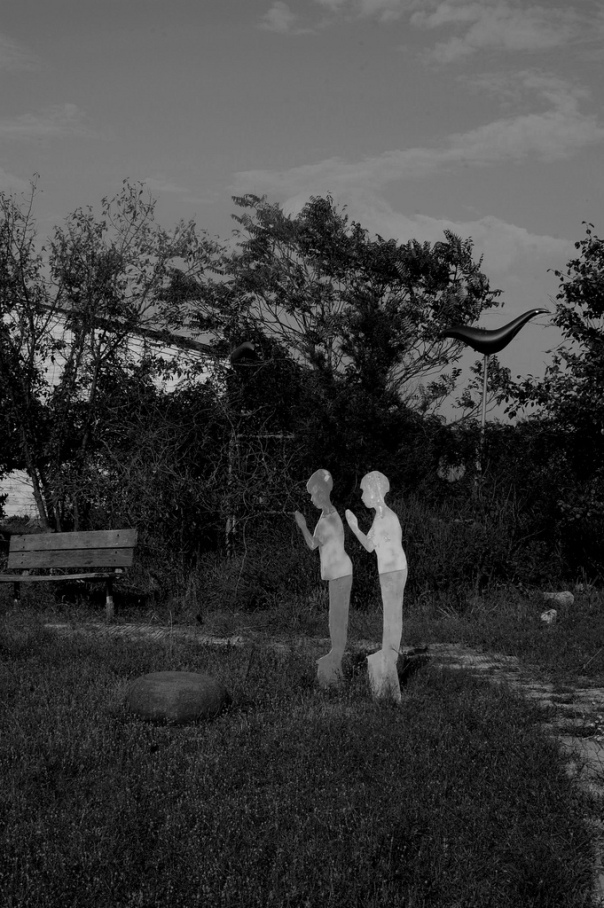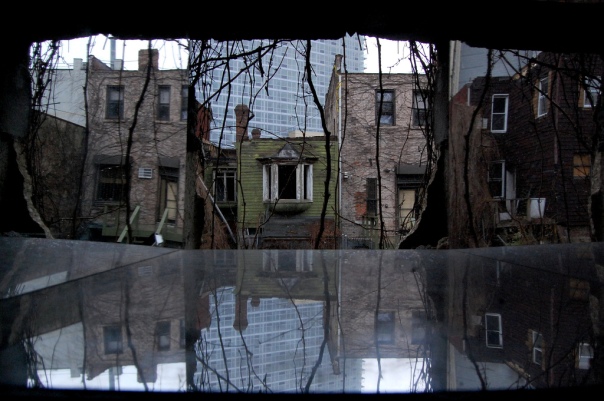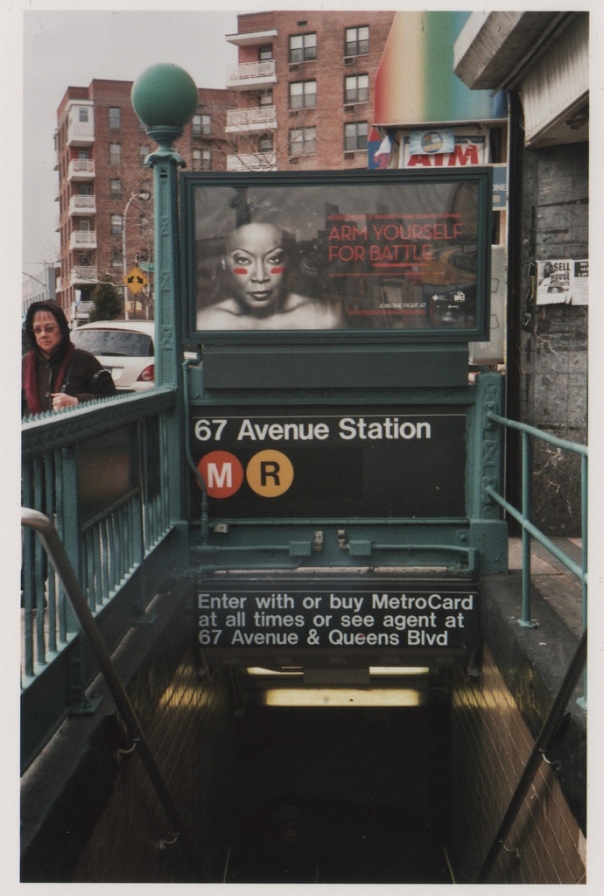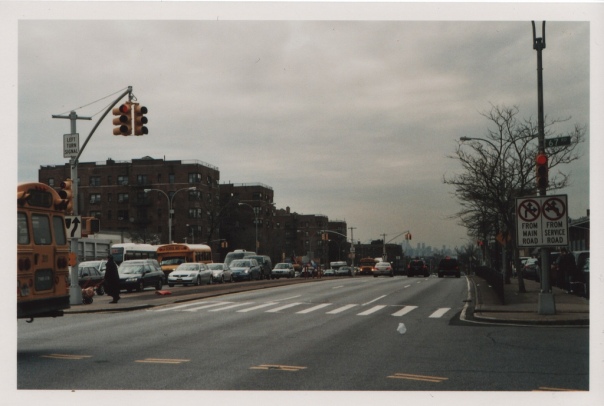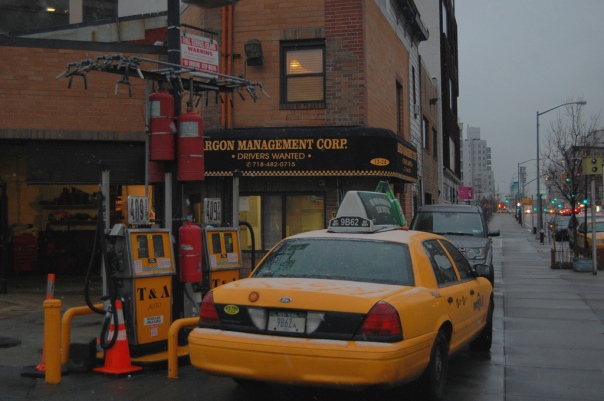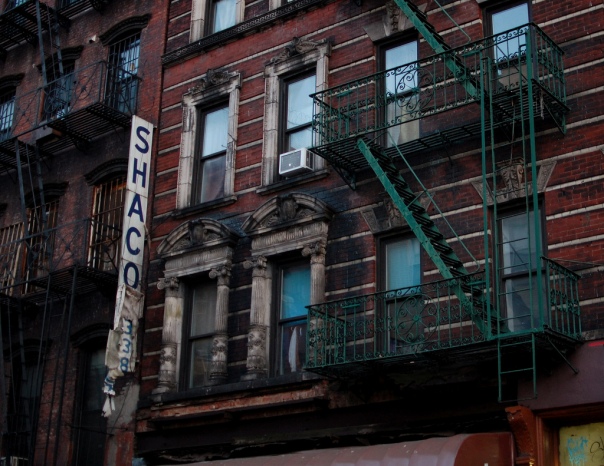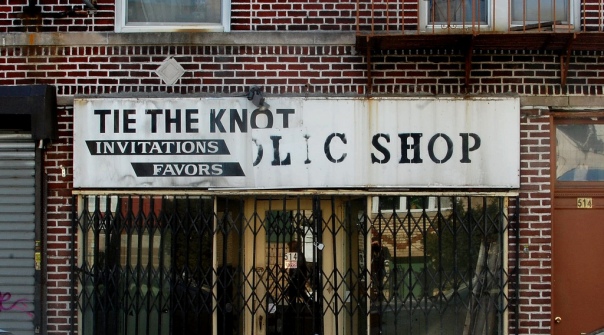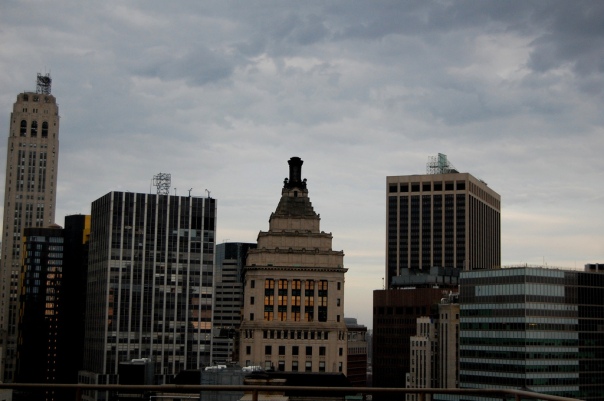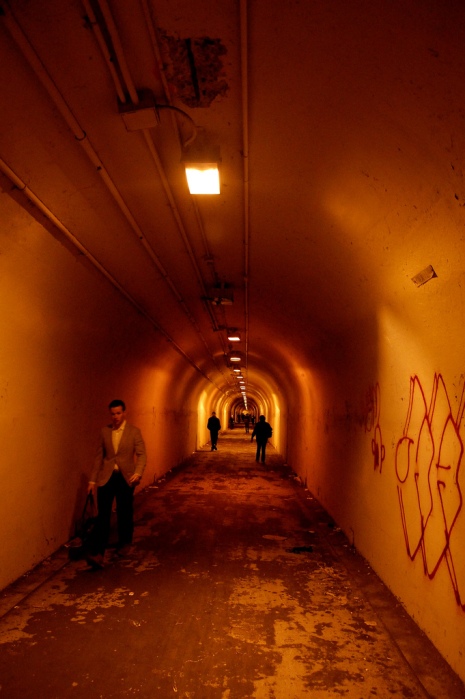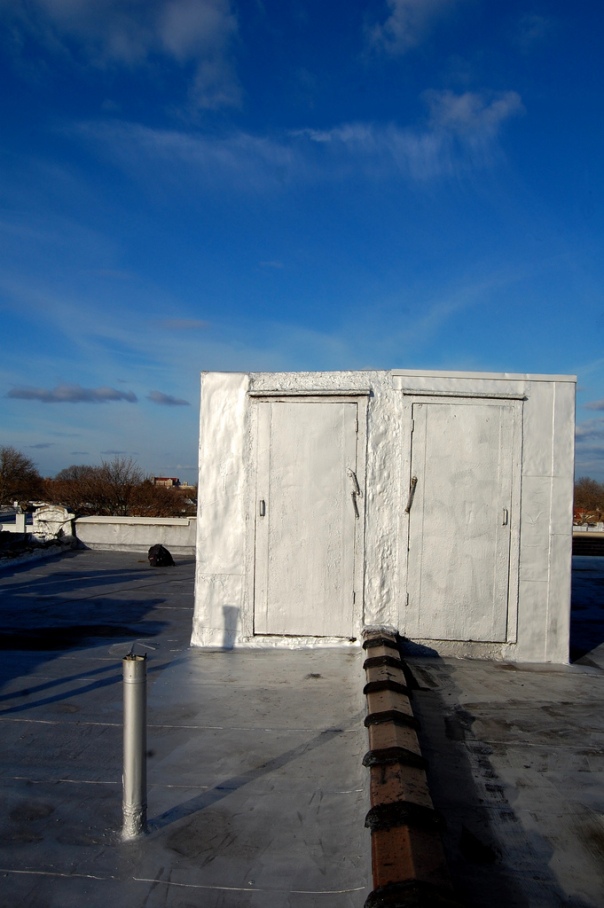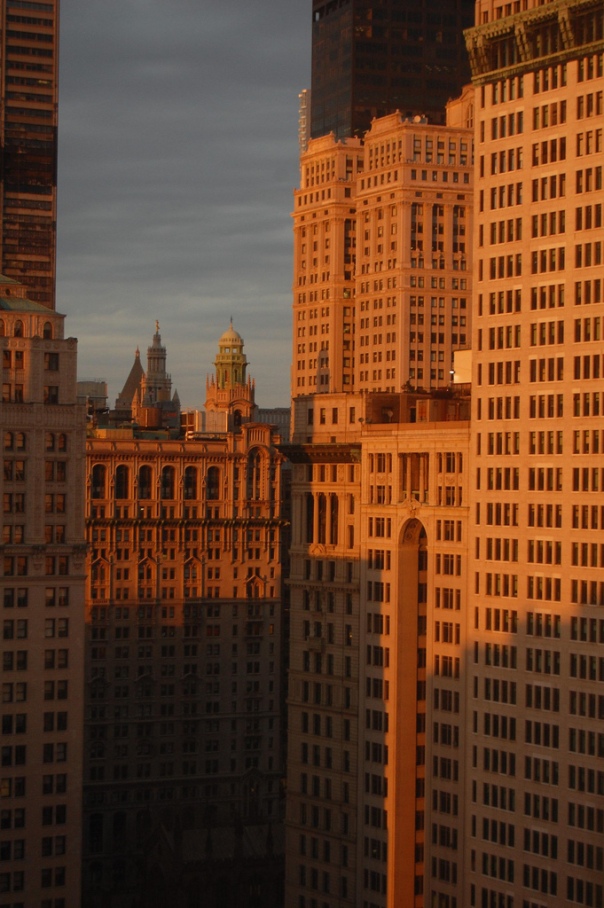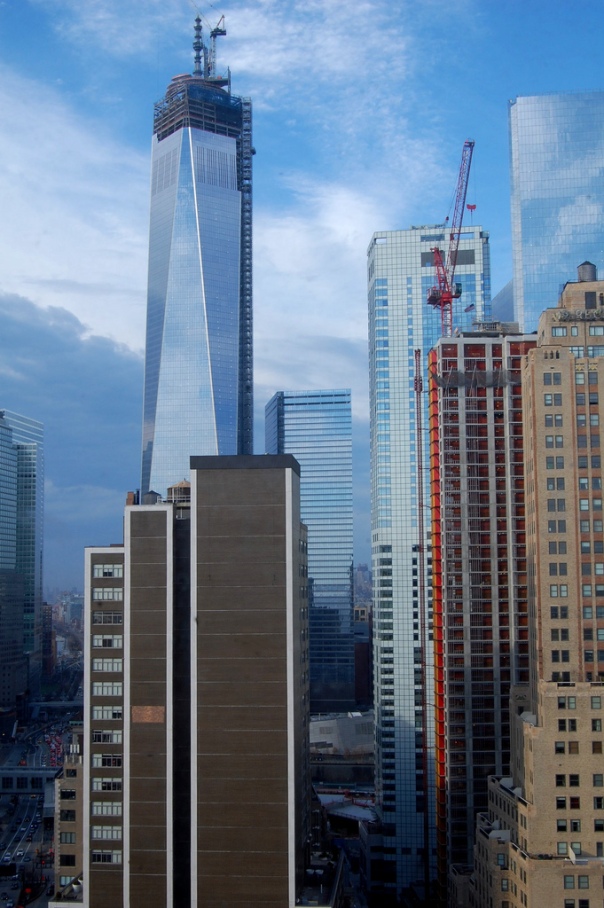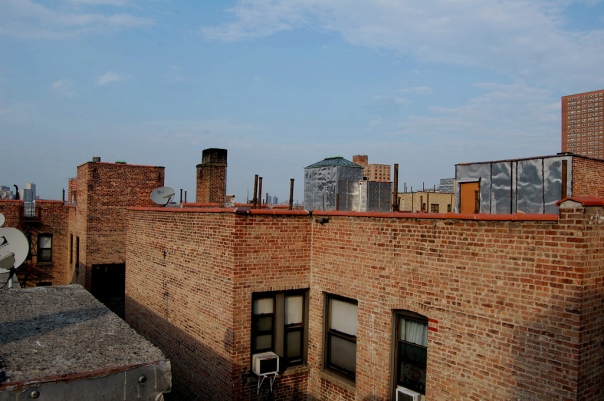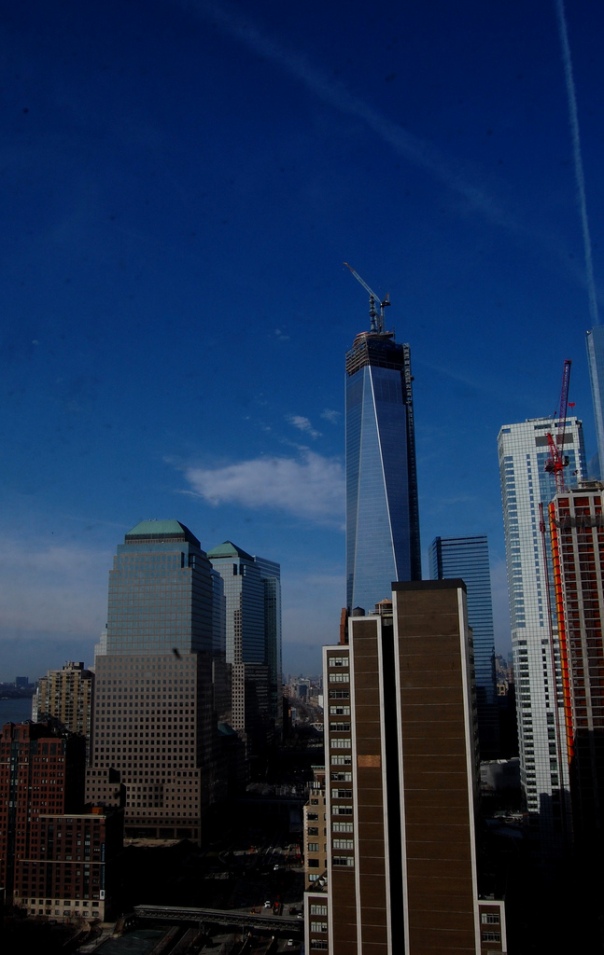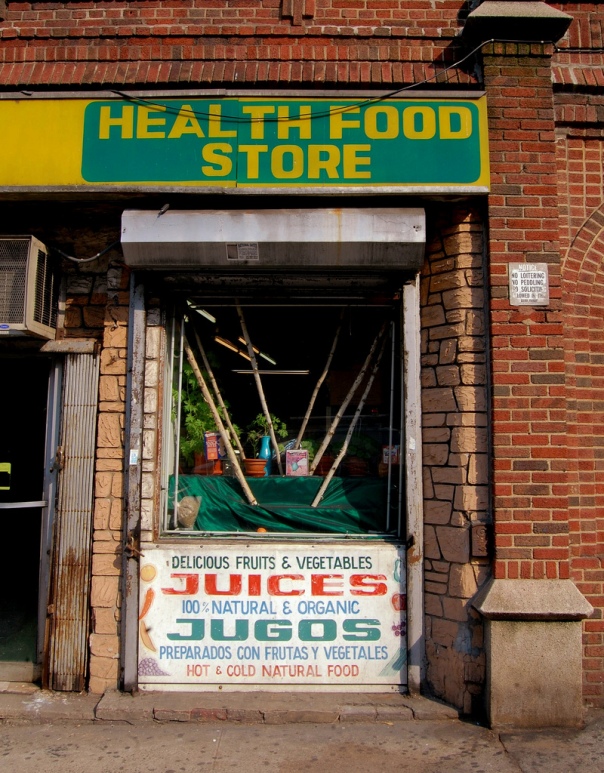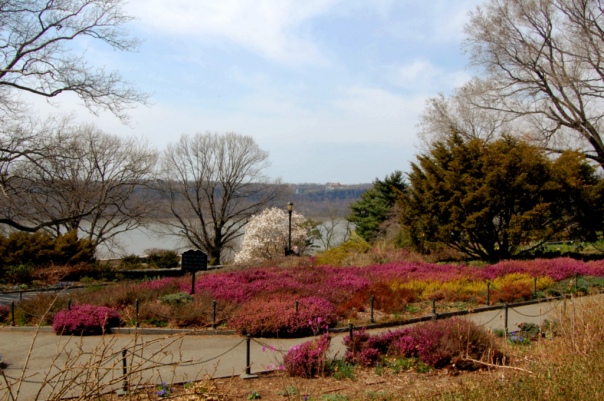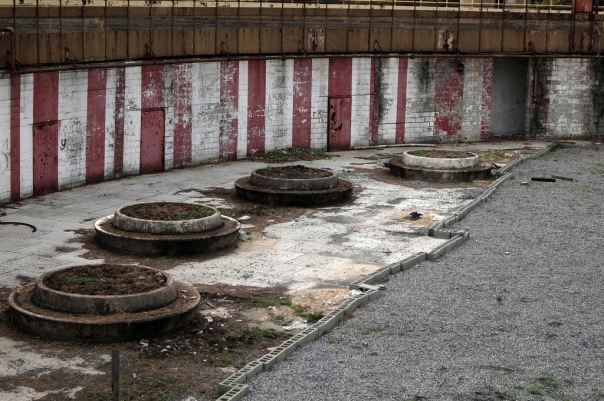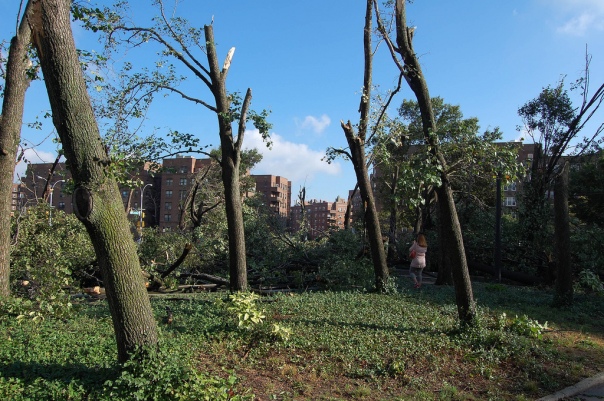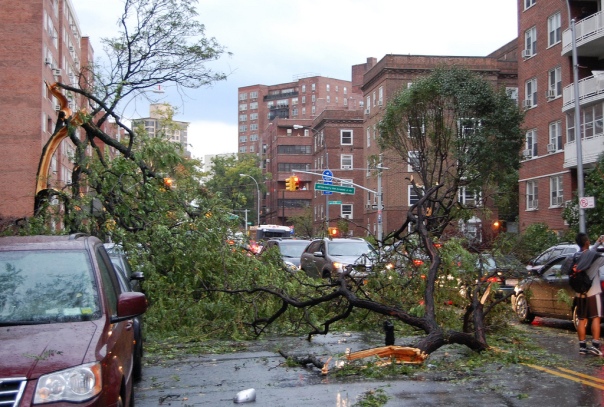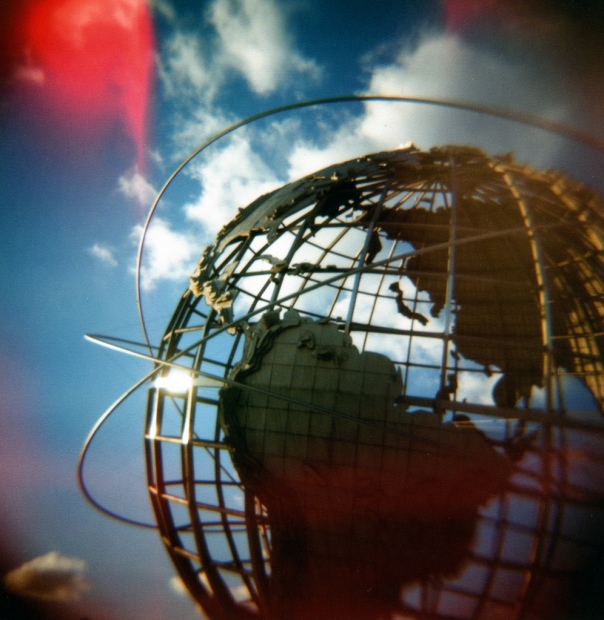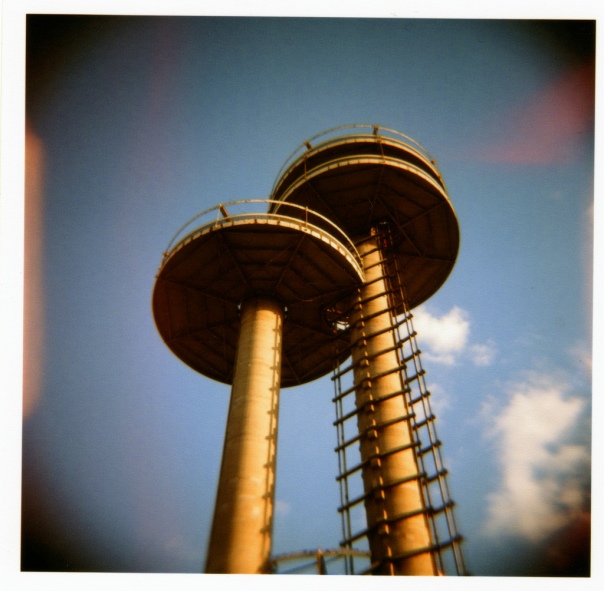Blog Archives
one day in New York – sea to heights
The sky was falling that day – yet sparse little groups were coming for the refuge of the Atlantic.
Rockaway floodtide
on the other side of the city, perched on granite
millions make their daily marks
More photos here: www.flickr.com/photos/mattron
Walking the Queens World’s Fair Ruins – Seen on Gothamist
I took this photo some time ago along with others documenting the crumbling World’s Fair Grounds of Flushing Meadows-Corona Park.
It was featured on Friday’s Gothamist. $43 million is needed to restore the facilities and save them from destruction.
More of my pictures of the place are here: https://ventilateblog.wordpress.com/tag/worlds-fair-grounds/
Fort Tilden Revisited – one year after the Storm
A century ago, guardian of the Atlantic approach to NY Harbor. Artillery with a range of 25-miles pointed seaward waiting for the German ships that never came – save perhaps for a handful of shadowy U-boats, seen and unseen.
A patch of sandy desolation on the fragile narrow spit of the Rockaway Peninsula, which barely rises between ocean and the Jamaica Bay. In the distance, a proud Manhattan skyline – a mirage of a completely different world – hazy and not quite existent.
Wars of the sea gave way to wars of the air. The big guns were traded in for the Nikes, missiles designed to knock high-altitude Soviet bombers out of the Metropolitan sky.
And then, a few decades ago – total obsolescence, abandonment, and decay. Gutted shells, overgrown and sinking into the sand, which in turn, minute by minute, sinks into the waves. It’s lately been a playground of the fringes – artists, photographers, graffiti, and seekers of ramshackle ephemera.
The hurricane pummelled the city, and the peninsula took a huge punch, a slap in the face of human futility. For that night, the peninsula did not exist, but became ocean and bay – Neighborhoods near the isolated base washed away and burned. Sand piled high like snow drifts that never melt, overturned cars, buried homes and memories.
Pieces of Tilden dissolved into the waves. But what is already ruined is hard to ruin again. At this former fort, a few solid walls are down, the sand mounts high, and a faint, musty, low-tide smell still faintly emits from the ground below. But the gun battery embedded in the bluffs still stares blankly into the sea, awaiting 100-year-old dreadnoughts and battleships that will never appear. Since the Storm, it’s become barricaded, forbidden, heavily patrolled by the authorities – a no man’s land – A silent sentinel upon the wild dunes of a wild beach on the barren coastal fringes of the City.
As the gloom slowly slips away – Scroll Down for Spring
100th Post!!
This is that “just 10 degrees warmer please” time of year, when the long, gray drudgery of March starts to crack into early Spring. People are sick of it – you know it’s April in New York when it gets just a hair above 60 degrees, and the sidewalk cafes are packed with bundled-up diners pretending not to shiver. But as the flowers begin to appear, first tentatively, then explosively, we know sweet May is not long off.
These are some photos tracing the end of Winter and the first baby steps of Spring. Near the bottom are pictures of the almost-complete 1 World Trade Center
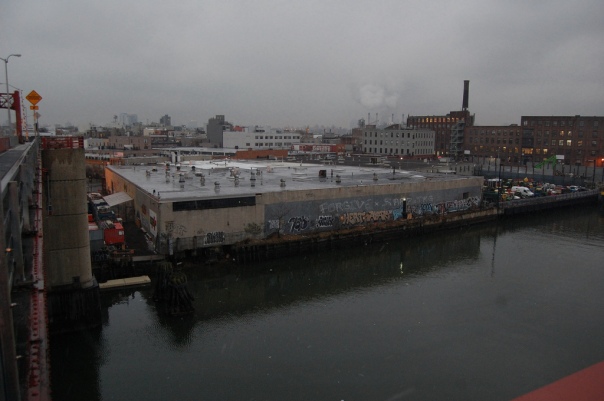
A pretty estuary it must have been before urbanity took hold. Probably not unlike similar coastal creeks I’ve kayaked along. Today, this is the border between the boroughs of Queens and Brooklyn – a Superfund site which ranks among the most polluted waterways in the US. The snowy weather today tempered that fact for a little bit, and high above on the Pulaski Bridge it’s easier to imagine it as it once was.
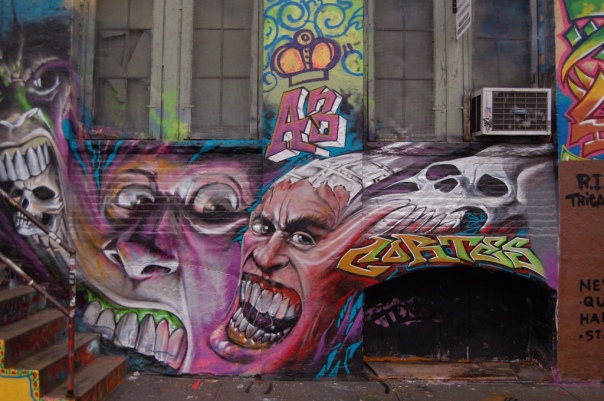
5Pointz
A world renowned graffiti/street art mecca, the exterior of this former-warehouse-turned-artist-studios-space is covered in amazing pieces which are constantly changing.
It is currently threatened by developers who aim to build a sterile, glass condo complex on the site.
Forest Hills Gardens – From Manhattan to Tudor Village in 20 minutes.
Some years ago, if I was told that I could travel 15-20 minutes out of Manhattan and find myself in a bucolic Tudor-revival village, I’d have dismissed the idea as a greatly distorted exaggeration. But there I indeed found myself on a grey, blustery mid-November evening. I was on the hunt for my first NYC apartment and, so stunned by the neighborhood, took a place in the “Forest Hills Inn” with barely a second thought.
The bricked facade of the Inn’s tower rises to a round knob, somewhat reminiscent of the dome of the Florence Cathedral, and the building is connected to its neighbors via breezeways perched atop arches. It’s across from a Long Island Railroad station, which is designed in the same Tudor style as the apartments that circle it. As the name suggests, my new home was once a hotel – the lobby is all dark-stained wood and conjures a rustic formality. Add a few animal-head trophies and Theodore Roosevelt might seem quite at home here. (In fact, in 1917 TR gave a speech across the square on the steps of the rail station, and may have indeed set foot in this lobby). There is a sealed door marked “Bar Room” in faint gilded letters, and the check-in counter has been converted into a real estate office. A modest wooden staircase curves up to the “guest floors”, or one can take the ancient two-doored elevator, in front of which, in a glass case, is displayed luggage supposedly belonging to Frank Sinatra and Marilyn Monroe. As a young musician and artist very much allured to the bohemian resonance of old New York hotels, I was immediately sold. That it was, by far, the best deal I’d found on the infamous NY rental market was all the more thrilling.
And so I checked in, semi-permanently, into the Forest Hills Inn. My modest studio was most certainly a converted hotel room – some household utility sheds are larger, and the kitchen was essentially installed inside a closet. But, the golden beige walls and deep purple curtains offset any chance of crampedness entering my head – especially when I could quickly escape to Manhattan or shop for basically anything within a five minute walk.
The three blocks that run from the subway station to the Inn cross through two entirely different ways of looking at urbanity. The contrast was always jarring, and often even baffling to my firsttime guests. The streets around the subway are a crossroads of hectic commerce – chain stores, fast food, restaurants, halal carts, delis, bagel shops, traffic… That condensation of suburban-esque commerce that you see sometimes in central Queens. But go past the McDonalds and Boston Market and under the train trestle, and you’re instantly in a different world. The gothic/Tudor tower of the Inn appears suddenly before you, and beyond, spread streets upon streets of what looks to be an English countryside village. “Like entering ‘Hobbitville'” is how one friend of mine aptly put it.
“The Gardens” was one of the first planned urban neighborhoods in America. With expanding population and more efficient transit, people began to move from the confines of Manhattan into the wide rural tracts of the outer boroughs. Around the turn of the 20th century, at the height of the Progressive era, there was a developing concept of urban planning, originating in Britain, called the “Garden city movement”. The idea was to alleviate the incredible overcrowding and filth of a city’s working-class districts by building attractive and uncongested low-cost housing in a sort of greenbelt along the urban fringes. In 1909, the Russell Sage Foundation, a group founded by wealthy Manhattan notables, began construction on the Forest Hills Gardens development; landscaping was handled by Frederick Law Olmstead, Jr. – son of the famed designer of Central Park. The foundation’s mission was “the improvement of social and living conditions in the United States”, and the neighborhood, now home to 4,500 residents, was meant to be (and still is) a refuge from the city, a place where people could reconnect with a way of life lost in the grime of the Industrial era. As such, the Gardens was aimed to attract New York’s working and middle classes. While the mission was noble, over time the architectural splendor and impeccable landscaping of the neighborhood meant that property values quickly became cost-prohibitive to the target market.
Most of the neighborhood consists of single family houses, and a handful of apartment buildings, all impossibly attractive. Everything is privately owned, including the streets. Through-traffic is permitted, but by a quirk of NYC law, the streets must be closed at least 8 hours on one day of the year in order to remain privately owned. (Rockefeller Plaza in Manhattan must also follow this odd procedure.) The “Forest Hills Gardens Corporation” maintains public areas, and architectural changes may only be carried out with the Corporation’s permission in order to preserve the neighborhood’s character.
As the suitcases of Sinatra and Marilyn displayed at the Inn attest, there was once a time when the area attracted much more outside attention. The now unused stadium at the exclusive West Side Tennis Club was, until 1977, the home of the U.S. Open; and was a major concert venue during the 1960’s, playing host to the likes of Bob Dylan, Jimi Hendrix, Johnny Mathis, the Monkees, and of course, Simon and Garfunkel, who grew up mere blocks away in Forest Hills proper. The stadium appears in the 2001 film “The Royal Tannenbaums” as the place where Richie Tannenbaum’s illustrious tennis career comes to a painful end; and is where Don Draper attends a Rolling Stones concert in the third season of the mini-series”Mad Men” – (http://gothamist.com/2012/04/02/the_rolling_stones_at_forest_hills.php) (link includes photos of the real concert)

Courtesty of The Rego-Forest Preservation Council
These golden years are gone, and the tea garden hidden behind the Inn that once hosted celebrities and weddings is now a crumbling patch of slate. But not much else has changed. Houses here have now been in the same families for generations, and residents (rightfully) possess a gushing pride. The only reason I moved out was because I was getting married and a bigger place was out of my price range. However, I still visit from time to time, and though I’d walked the same streets time and time again, I am always taken with its beauty, and marvel at its closeness to Manhattan, and the hectic commerce of central Queens.
The New York City Landmarks Commission, which has done a lot of good for the preservation of important sites across the city, is woefully negligent of Queens. Despite its architectural uniqueness and innovation in city planning, the neighborhood, including the magnificent Forest Hills Inn, has yet to come under its protection. Even more glaringly, the disused stadium which once drew international sporting and musical attention has also failed to be protected. But this is an issue for another article…..
In the meantime, for more about the Gardens, including some great old photos, visit: http://regoforestpreservation.blogspot.com/
World’s Fair Grounds-revisited
During the summer I posted on the World’s Fair Grounds which hosted the worldwide exposition in 1939 and in 1964:
https://ventilateblog.wordpress.com/2011/07/16/worlds-fair-grounds-queens/
These are some photos from my most recent excursion:
Forgotten Fort Totten
150 years ago, at the edge of the city, on a point of land where the East River meets the Long Island Sound, where Queens washes into the suburbs, the federal government constructed Ft Totten. This was in 1862, when the Confederacy was at the height (at least psychologically) of its power. A paranoid North was engaged in bucking up its defenses for the terrible possibility that its cities would be threatened by the rebels.
Ft. Totten was intended to protect New York City’s northeastern maritime approach. Its construction was planned soon after the War of 1812, when the British sacking of the capital exposed a glaring lack of sea defense.
Parts of the fort still occupy the edge of the strait. The surrounding land is now divided amongst the NYPD, the FDNY, the Navy Reserve, and the Coast Guard. Despite the proximity of these high-powered agencies, the Fort itself is remarkably easy to infiltrate.
On this very stormy day, everything was drenched and water was everywhere – leaking through the cracks of fortified stone, puddling on time-worn floors, pouring from ceilings. There are doors that lead to dark tunnels and into cavernous cisterns, where no light penetrates and all sounds that enter are returned in the sort of echoes that only huge empty spaces could create.
This was sort of a random expedition, and we were not properly equipped with flashlights, otherwise we might have gone deeper. There are rumors that there exists a tunnel which burrows under the East River to Ft. Schuyler across in the Bronx.
Aside from the rushes of sweeping rain and wind, a damp silence takes eerie hold along the seaward gun turrets. At the very bottom floor, storm waves crash and spray through the windows and the stone walls respond with reverberant groans. The fort has been obsolete for a century, its officers long forgotten. A lonely single gun points to the water- waiting for an enemy that never came and never will come.
The New York City Tornado as seen from Forest Hills, Queens
September 16, 2010 –
It all happened within 5 minutes…. At about quarter to 6, without warning, during the height of the evening rush, the most violent storm in NYC’s recent memory tore across Staten Island, Brooklyn and central Queens. One tornado, with winds of 80 mph sent rooftops flying in Brooklyn, and a second tornado touched down in Queens, combined with a macroburst with winds in excess of 120mph. There was one tragic fatality, 1,500 trees were lost, 3,000 lightning strikes were counted, and 911 fielded 24,000 calls in the three hours following the storm.
The sky was getting dark, but having heard nothing on the weather forecast, I went out to the supermarket. As I walked back there was near constant thunder and I almost ran to get home, feeling the impending intensity in the air- the charge was stronger than any other I’ve felt. I hurried up the front walk of our apartment just as the first big drops were falling and by the time I made it upstairs, water was blasting through the windows. Even after I closed them, water was coming THROUGH the air conditioner. You could see nothing outside but a dark-green and grey swirl and it sounded as if someone was punching the glass, trying to get in. The wind seemed to come from everywhere. And then it was suddenly gone.
Almost immediately, the sirens began, and I’m sure many were injured. Very sadly, a woman from Pennsylvania was killed nearby in her car. Our front walkway was barricaded by fallen trees, which was the general scene everywhere. Every block was littered with trees, many of them huge and ancient. A few windows in our building were smashed out. Eerily, there were also a number of shoes and umbrellas laying around- discarded as people ran for cover. In the air was the smell of fire. I must have seen more than 60 damaged cars, and about ten which were completely crushed. Many streets were impassable, and a traffic nightmare quickly ensued- total gridlock, people going the wrong way down streets, pedestrians everywhere, and off-duty cops trying their best to keep the peace. Someone told me it took him one hour to drive two blocks.
The general sense on the street was one of disbelief, as many homebound commuters emerged from the subway totally unaware of what happened, the unique Forest Hills blend of trees and urban-ness mangled out of recognition. As night fell, the scene became more chaotic still, with snarled traffic and constant sirens lasting until well after midnight. Firefighters from other neighborhoods were having trouble navigating the bizarre address system of Queens, and worse, could barely fight through the crowds. I overheard on a police radio that, among other incidents, a woman was going into labor a few blocks away.
Up at Queens Boulevard, a few stores had lost their windows- some had overturned shelves and puddles of water. Many signs were damaged and some teenagers were gleefully carrying a huge green “Yellowstone Blvd” sign that had fallen.
After midnight, there was a bit of peace, but within an hour around 7am, the chaos returned full force. All told, however, we were lucky. It is amazing, though sad, that there was only one fatality- that almost everyone managed to stay clear of all the falling trees is miraculous. Far worse things happen all the time around the world. Still, the words on everyone’s lips as you walked through the neighborhood the next day were best summed up by what I heard an elderly woman say in a thick Russian accent: “In my life, I never seen nothing like this”
In comparison to the storms that ravage other parts of the country this was nothing. Sadly…
More pictures here: http://www.flickr.com/photos/mattron/sets/72157625006608372/
World’s Fair Grounds – Queens
In 1939 and 1964, at two great turning points of the 20th century, Flushing Meadows hosted the World’s Fair. The fairs were visited by hundreds of thousands- my grandparents saw both of them, and my father and wife’s mother were at the 1964 fair as little kids. I wish I could have seen them.
All that remains now is scattered in ruins throughout the park– Ruins of structures that represented the deepest ideals of their time and that expressed an imagined future of hope and progress. It is interesting and sad that many of the promises presented by both Fairs were completely trampled in the years immediately following them.
The park is woefully neglected and fantastically hard to access- finding open access points is abnormally difficult. Ironically, the highways built in the 1930’s to bring visitors to the World’s Fair now bind the park in such a way that keeps most people out.
But actually, all this is a blessing, as, once in the park, you can be nearly alone amongst the relics of 20th century idealism. There is a strange surreal serenity here- like the landscape of a 1960’s post-apocalyptic, failed-utopia science fiction movie.
Also, the park’s neglect means you can approach a lot of the structures un-bothered. There’s no other place in the city where you can skateboard around and even CLIMB on such internationally iconic structures as the Unisphere.
This is an excellent site about the ’64 Fair – the maps are especially superb: http://www.westland.net/ny64fair/
These are some pictures of the 1939 Fair: http://www.life.com/image/first/in-gallery/41782/future-vision-ny-worlds-fair-1939
